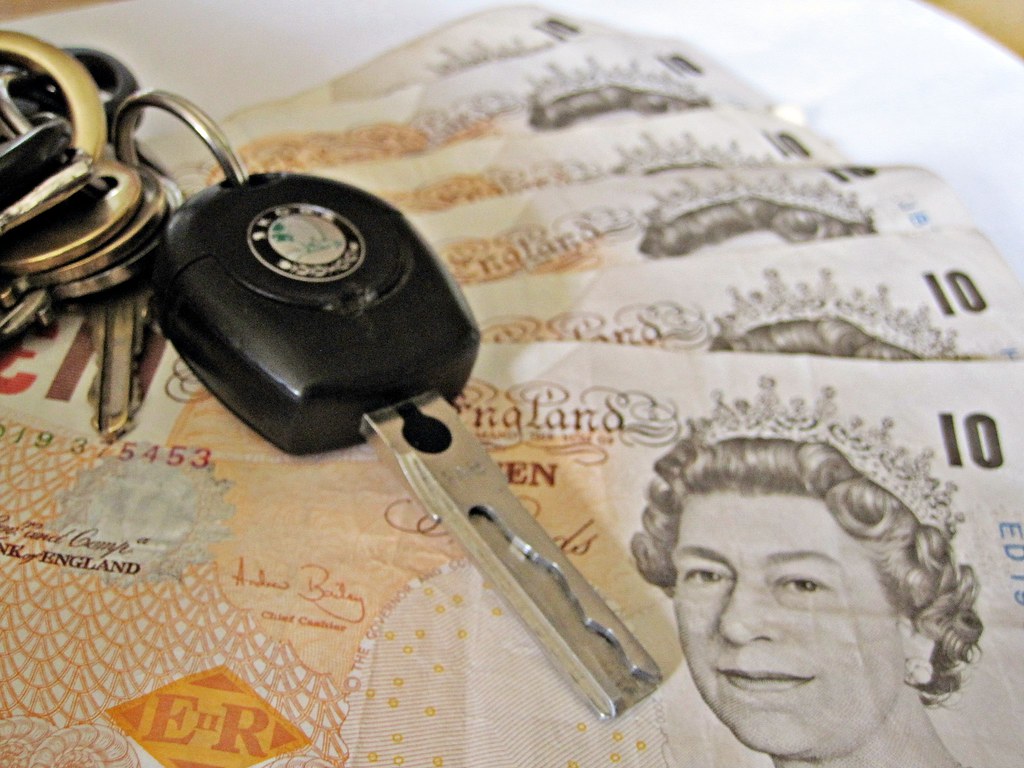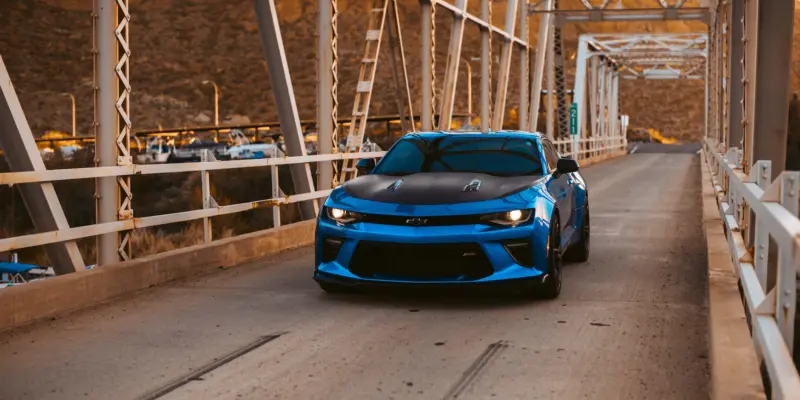
Ever wondered what goes on in the minds of comedic geniuses when they hit the open road? While we might associate famous comedians like Jay Leno, Tim Allen, and Jerry Seinfeld with sprawling, high-dollar car collections, it turns out that the true ‘car guy’ spirit, and some truly unexpected rules for riding in your car, might come from the most surprising places. Forget the shiny new models and pristine garages for a moment; we’re diving deep into the quirky, profound, and hilariously human side of comedians and their four-wheeled companions.
From the philosophical musings of a late, great legend to the intimate conversations sparked during a coffee run, these aren’t your typical roadside etiquette tips. Instead, these are life lessons, insights into character, and downright clever ways to approach your daily commute or cross-country adventure. So, buckle up, because we’ve distilled some absolute gems from the experiences of 12 famous comedians, giving you 15 simple rules that just might change how you think about your ride, your passengers, and even yourself.
Get ready to discover why a beat-up old truck might be the ultimate statement, how a simple drive can foster profound connection, and why sometimes, the best conversations happen when you’re just cruising for coffee. We’re taking a joyride through the wisdom of those who make us laugh, revealing how their automotive adventures, from classic car rendezvous to epic RV journeys, have taught them — and now us — a thing or two about life in the fast lane and the slow lane alike. Let’s roll!
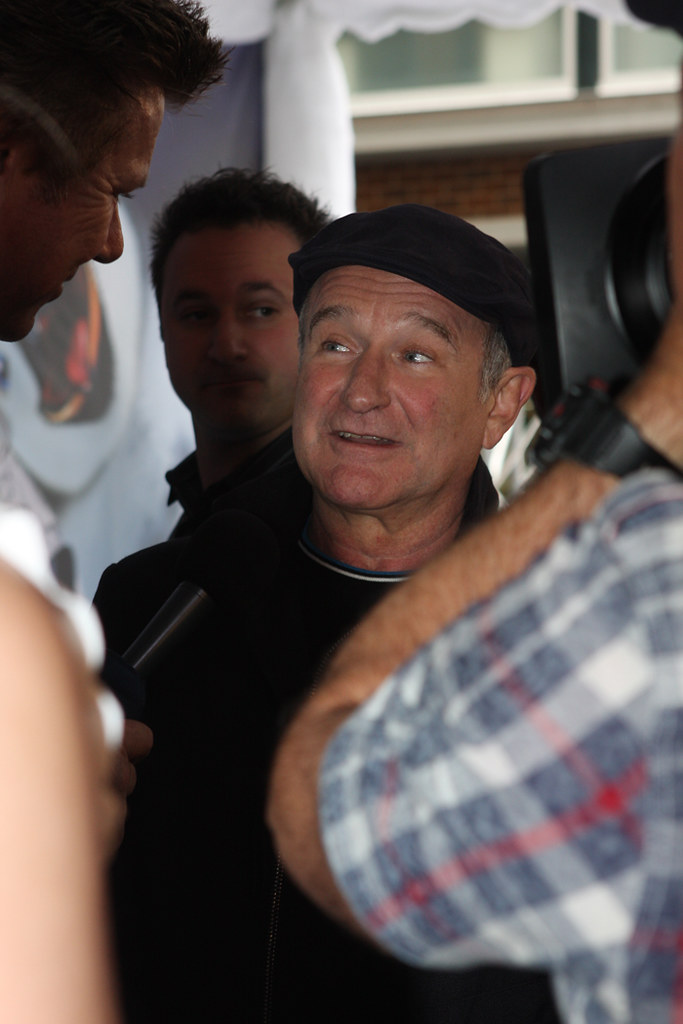
1. **Embrace the Unpredictable: The Robin Williams Way**When it comes to legendary comedians and their cars, Robin Williams stands out as an unlikely candidate for the title of ‘most hardcore car guy,’ especially when pitted against the likes of Jay Leno, Tim Allen, and Jerry Seinfeld. Yet, his philosophy was as profound as his performances. Williams famously declared, “I can’t deal with new cars. I like a car that’s like me–you never know what’s going to happen next.” This isn’t just a quirky quote; it’s a whole approach to life on the road.
Imagine the freedom that comes with not knowing what’s around the bend, or even what’s going to happen with your vehicle. Williams had just hit the stratospheric Hollywood money zone with ‘Mork and Mindy’ in 1979, a time when he could have easily rolled up in a brand-new Rolls Royce. Instead, he chose a beat-up ’66 Land Rover. This wasn’t a financial decision; it was a philosophical one, embracing the charming chaos that only an older vehicle can provide. He understood that true adventure lies in the unexpected, a sentiment perfectly embodied by a car that keeps you on your toes.
His choice wasn’t about avoiding luxury; it was about seeking a match for his own unpredictable, constantly-in-motion personality. A ’66 Land Rover, with an optimistic top speed barely cracking 60 mph on an LA freeway, was a testament to this. It’s a rule that reminds us to inject a bit of spontaneity into our lives, letting our vehicles reflect our desire for genuine, unscripted experiences, rather than merely getting from point A to B in pristine silence. Who needs GPS when you have the thrill of not knowing what’s next?
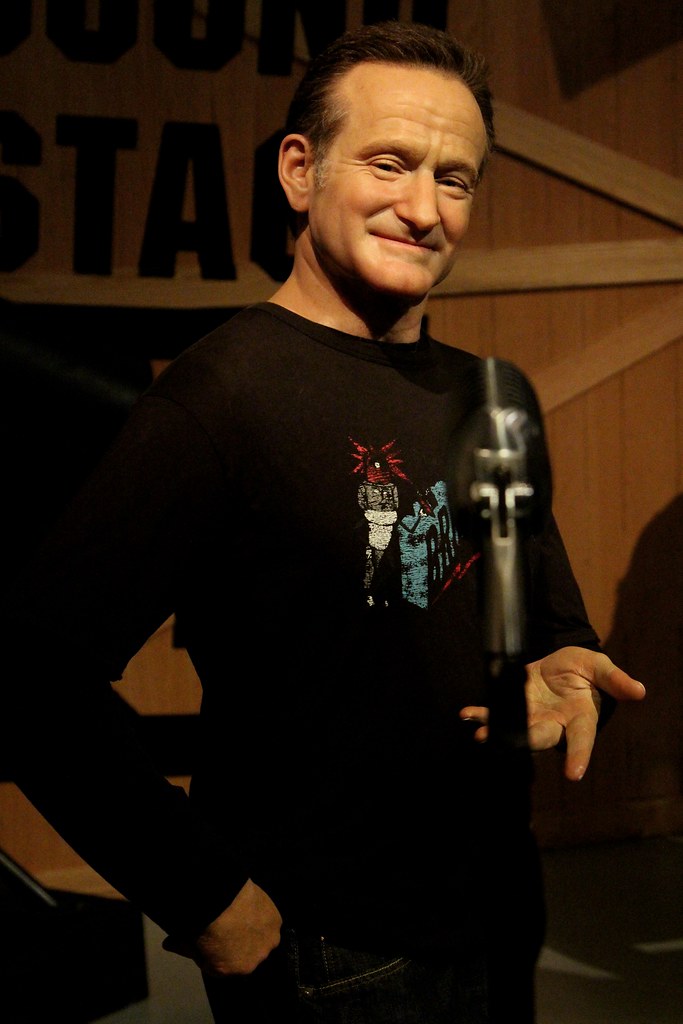
2. **Reject the ‘Boring’ New Car Narrative**Robin Williams didn’t just like old cars; he actively dismissed the allure of new ones. His perspective was sharp and unapologetically honest: “An old car is an extension of your personality–a new car is a grim reminder of how boring you and your life have become.” Ouch! But there’s a kernel of truth in that comedic jab, isn’t there? Modern cars, with their myriad sensors and preventative warnings, promise a smooth, predictable ride, but Williams argued this predictability comes at a cost.
Think about it: your new car will dutifully inform you about low tire pressure, when to change your air filter, and even warn you about a wonky transmission two years before it actually gives out. While practical, this level of foresight leaves little room for the charming mishaps or sudden adventures that older vehicles inherently offer. There’s a certain thrill in driving a car where “you may be a mile away from a catastrophic transmission failure, but you’ll never see it coming.” It’s about embracing the journey with all its potential bumps and detours.
Williams saw the perfection of new cars as a sign of a life lacking in delightful imperfections. This rule encourages us to question if our pursuit of flawless efficiency might be robbing us of character and stories. Perhaps a little mechanical mystery, a bit of unexpected engine noise, or a manual window crank that sticks, adds a certain zest to our daily drives, turning mundane commutes into memorable mini-adventures. It’s a call to find excitement in the imperfect, making your car a canvas for life, not just a conveyance.
Read more about: 12 Celebrities Who’ve Navigated Public Courtrooms: From Traffic Woes to High-Stakes Legal Battles
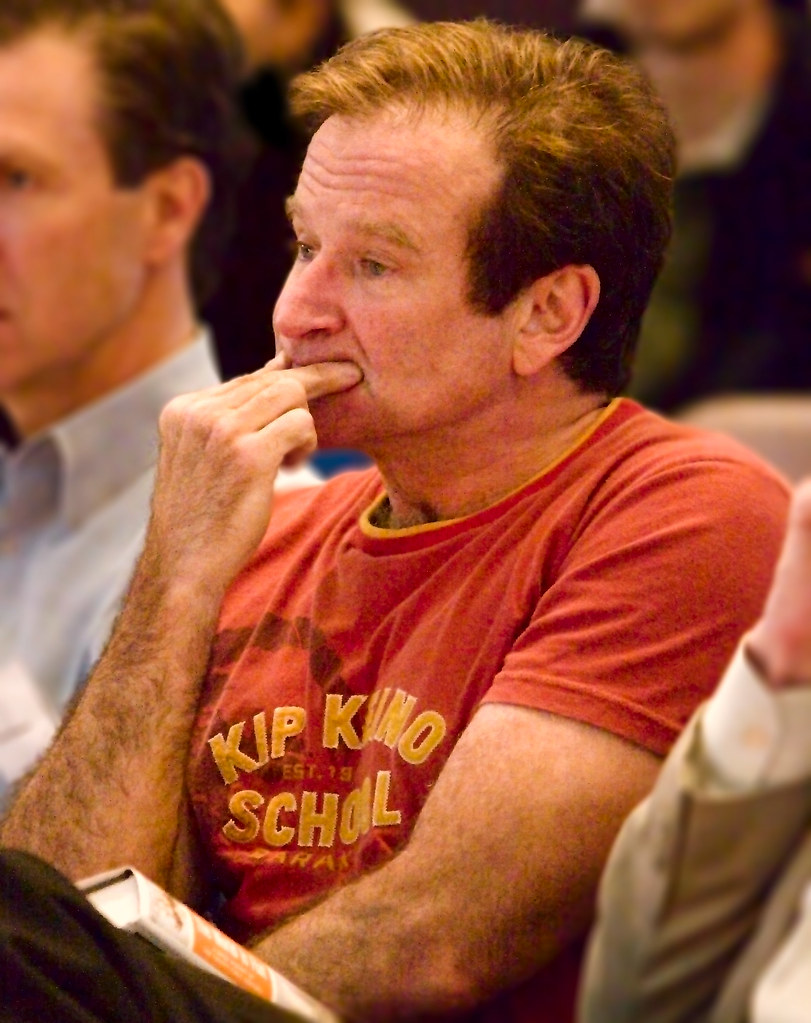
3. **Choose Authenticity Over Aspiration**Despite having the financial means to purchase any luxury vehicle imaginable, Robin Williams drove a “battered old truck.” This wasn’t a statement of frugality as much as it was a profound declaration of authenticity. He “could have plunked down cash in any dealer and driven away in anything from a brand-new Lincoln to a brand-new Lamborghini.” Yet, he didn’t. He opted for a ’66 Land Rover, a vehicle rugged enough for terrains “where roads barely existed,” a stark contrast to the glitzy boulevards of Los Angeles.
This choice speaks volumes about aligning your possessions with your genuine self, rather than with societal expectations of success. For Williams, his unpredictable comedy act was built on a foundation of spontaneity and raw energy. His car was no different; it had to match his personality. He lived a “fast-paced lifestyle” but drove a vehicle that “could barely crack the minimum entry speed on Southern California freeways,” highlighting a beautiful paradox that underscored his true character.
This rule nudges us to consider if we’re driving what we genuinely love and what truly represents us, or if we’re succumbing to the pressure of appearances. It’s a reminder that true cool isn’t about the price tag or the shiny newness, but about the honest connection between a person and their chosen ride. Robin Williams was the ultimate car guy comedian not because of a collection, but because he chose a beater that was an extension of his own brilliant, chaotic self.
Car Model Information: 2023 Dodge Charger GT
Name: Opportunity
Insignia: Nasa mer daffy.png
InsigniaCaption: Duck Dodgers
MissionType: Mars rover
Operator: NASA
Website: [object Object]
CosparId: 2003-032A
Satcat: 27849
MissionDuration: ubli
DryMass: 185 kg
Power: Solar panel
LaunchDate: Coordinated Universal Time
LaunchRocket: Delta II Heavy
LaunchSite: Cape Canaveral Air Force Station,Cape Canaveral Air Force Station Space Launch Complex 17
LaunchContractor: Boeing
LastContact: June 10, 2018
Declared: February 13, 2019
Interplanetary: Infobox spaceflight/IP
Type: rover
Object: Mars
ArrivalDate: Spacecraft Event Time,Timekeeping on Mars
Location: Eagle (Meridiani Planum crater),Meridiani Planum,1.9462|S|354.4734|E|globe:Mars|name=Opportunity rover
Distance: cvt
Programme: Mars Exploration Program
PreviousMission: Spirit (rover)
NextMission: Mars Reconnaissance Orbiter
Programme2: NASA
PreviousMission2: Spirit (rover)
NextMission2: Curiosity (rover)
Categories: 2003 robots, 2004 on Mars, All Wikipedia articles written in American English, All articles with unsourced statements, Articles with short description
Summary: Opportunity, also known as MER-B (Mars Exploration Rover – B) or MER-1, and nicknamed Oppy, is a robotic rover that was active on Mars from 2004 until 2018. Opportunity was operational on Mars for 5111 sols (14 years, 138 days on Earth). Launched on July 7, 2003, as part of NASA’s Mars Exploration Rover program, it landed in Meridiani Planum on January 25, 2004, three weeks after its twin, Spirit (MER-A), touched down on the other side of the planet. With a planned 90-sol duration of activity (slightly less than 92.5 Earth days), Spirit functioned until it got stuck in 2009 and ceased communications in 2010, while Opportunity was able to stay operational for 5111 sols after landing, maintaining its power and key systems through continual recharging of its batteries using solar power, and hibernating during events such as dust storms to save power. This careful operation allowed Opportunity to operate for 57 times its designed lifespan, exceeding the initial plan by 14 years, 47 days (in Earth time). By June 10, 2018, when it last contacted NASA, the rover had traveled a distance of 45.16 kilometers (28.06 miles).
Mission highlights included the initial 90-sol mission, finding meteorites such as Heat Shield Rock (Meridiani Planum meteorite), and over two years of exploring and studying Victoria crater. The rover survived moderate dust storms and in 2011 reached Endeavour crater, which has been considered as a “second landing site”. The Opportunity mission is considered one of NASA’s most successful ventures.
Due to the planetary 2018 dust storm on Mars, Opportunity ceased communications on June 10 and entered hibernation on June 12, 2018. It was hoped it would reboot once the weather cleared, but it did not, suggesting either a catastrophic failure or that a layer of dust had covered its solar panels. NASA hoped to re-establish contact with the rover, citing a recurring windy period which was forecast for November 2018 to January 2019, that could potentially clean off its solar panels. On February 13, 2019, NASA officials declared that the Opportunity mission was complete, after the spacecraft had failed to respond to over 1,000 signals sent since August 2018.
Get more information about: Opportunity (rover)
Buying a high-performing used car >>>
Brand: Land Rover Model: Land Rover
Price: $26,690 Mileage: 19,257 mi.
Read more about: Totally Tubular ’00s Throwback: 14 Leading Ladies Who Ruled Style and Hollywood Glamour!

4. **Be an Intuitive Car Guy, Not Just a Collector**Jay Leno, Tim Allen, and Jerry Seinfeld are renowned for their massive, high-dollar car collections. They are declared car guys, celebrated for their passion and extensive garages. But Robin Williams offered an alternative, arguably deeper, form of car appreciation. He wasn’t a declared car guy in the traditional sense; he was “more of an intuitive car guy because he lived the car guy lifestyle without any fanfare.”
His ’66 Land Rover wasn’t part of a collection; it was his chosen daily driver. This distinction is crucial. While others might meticulously collect and showcase vehicles, Williams was simply *living* with his. His commitment to the “car guy cause” was evident in his daily choices, not just in an impressive display. He embodied the spirit of appreciating cars for their soul, their stories, and their immediate connection to one’s life, rather than merely their prestige or monetary value.
This rule encourages us to look beyond the surface-level appreciation of automobiles. It challenges us to ask: are we merely admiring cars, or are we truly *experiencing* them? An intuitive car guy integrates their vehicle into the fabric of their everyday life, seeing it as a partner in adventure and reflection, not just an object of display. Robin Williams taught us that true passion isn’t always loud and flashy; sometimes, it’s quietly cruising in a battered old truck, completely in tune with its spirit.
Read more about: Seriously Where Did They Go? 9 Classic Sedans That Vanished From Our Streets.

5. **Transform Drives into Intimate Conversations**Switching gears from Robin Williams’ personal philosophy, let’s talk about Jerry Seinfeld, who revolutionized car culture for comedians in a different, equally profound way. With “Comedians in Cars Getting Coffee,” Seinfeld wasn’t just driving around; he was curating intimate, friendly, and personable conversations. The premise was simple yet genius: driving classic cars with other famous comedians or comedic actors to get coffee.
This show proved that the enclosed, moving space of a car, especially a unique classic, is a perfect crucible for genuine human connection. Away from the glare of a studio audience or the formality of a typical talk show set, Seinfeld and his guests could truly open up. The cars became more than just transportation; they were conversation starters, icebreakers, and silent witnesses to moments of shared laughter and vulnerability. Viewers felt like they “hit gold” because of these authentic interactions.
So, here’s a rule for your next drive: turn your car into a mobile conversation lounge. Whether it’s a quick trip to the grocery store or a longer road trip, let the environment foster deeper chats. Put away the phones, turn down the radio, and truly engage with your passenger. As Seinfeld showed, sometimes the best way to catch up with an old friend, or make a new connection, is by simply hitting the road together, letting the scenery and the shared journey guide the dialogue.
Read more about: Jane Fonda at 87: Unveiling the Hollywood Icon’s Poignant End-of-Life Journey and Profound Legacy

6. **Master the Art of Distilled Comedy (and Conversation)**Jerry Seinfeld is a master of distillation, not just in his stand-up, but also in his approach to conversation on “Comedians in Cars Getting Coffee.” He explained his philosophy to Brian Williams of NBC: “All comedy is distillation. So I thought, ‘What if you took a two-hour conversation and shrunk it down to 14 minutes? What would you get?’ And I thought, ‘Well, with certain people, I think you’d get something.'” And boy, did he get something!
This isn’t just a production trick; it’s a lesson in making every interaction count. In a car, especially with a limited amount of time, you’re naturally inclined to get to the good stuff. The confined space and the shared activity of driving create a unique pressure cooker for genuine thoughts and humorous observations. The goal isn’t just to talk, but to uncover the essence, the most entertaining, most insightful parts of a conversation, much like a comedian hones a joke.
Applying this rule to your own car rides means striving for quality over quantity in your conversations. It’s about being present, listening actively, and contributing points that genuinely move the discussion forward, or, better yet, spark laughter. Think of each car journey as an opportunity to distill the best parts of your day, your thoughts, or your connection with your passenger into memorable moments, ensuring that even a short drive feels rich and fulfilling. It’s comedy, but for your everyday life!
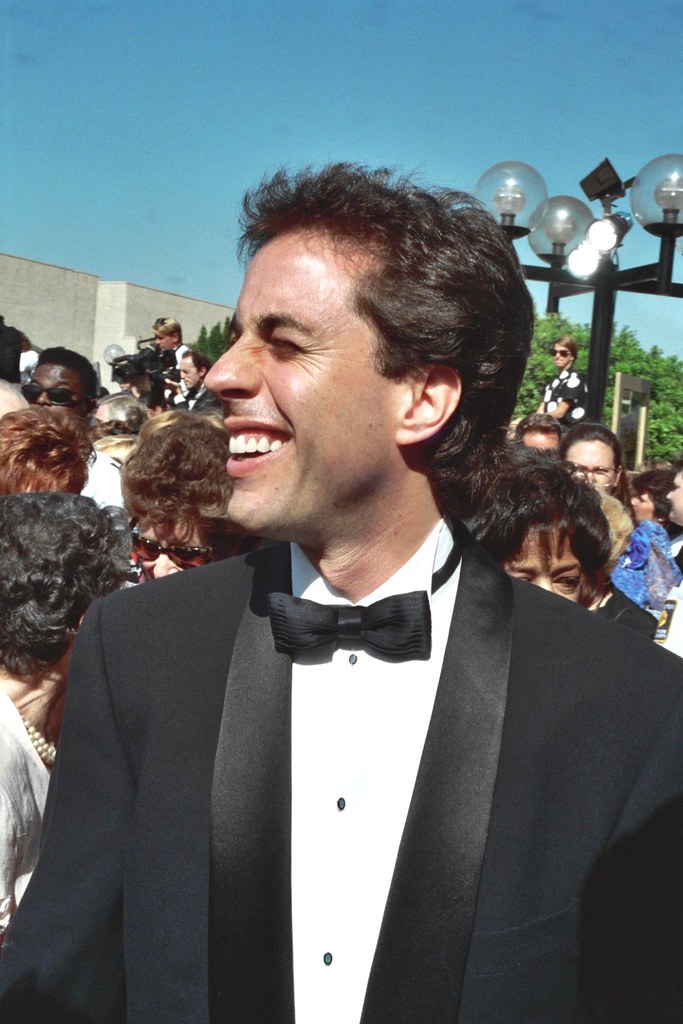
7. **Cultivate Camaraderie on Four Wheels**Beyond the humor and the insightful takes on comedy, “Comedians in Cars Getting Coffee” offered something truly special: genuine moments of camaraderie and connection. Seinfeld’s show was a testament to the power of shared experiences, particularly those unfolding within the unique bubble of a car. We saw him catching up with old friends, and as viewers, we were “privileged to tag along,” witnessing authentic bonds form and deepen.
Season 6, Episode 1, featuring Julia Louis-Dreyfus, was described as “nostalgia at its best,” with the two reminiscing together. These weren’t staged performances; they were real friends, sharing memories and laughter, their bond amplified by the casual intimacy of the car environment. The show demonstrated that a simple drive, with a shared destination (coffee!), can be a powerful catalyst for reinforcing friendships and creating new ones.
This rule reminds us to actively seek out these moments of connection in our own lives, using our vehicles as tools for strengthening relationships. Plan a coffee run with a friend, take a scenic drive with family, or simply use your car as a mobile space for unhurried conversation. The shared journey, the focus on each other without the usual distractions, can lead to some of the most heartwarming and memorable exchanges, proving that sometimes, the best therapy is a good friend, a classic car, and a cup of joe.
The first section dove deep into Robin Williams’ unique love for old, unpredictable cars and Jerry Seinfeld’s masterful ability to spark intimate conversations in classic rides. Now, we’re shifting gears to explore even more profound insights from “Comedians in Cars Getting Coffee,” focusing on moments of vulnerability and personal growth. Then, we’re hitting the open road with MTV’s iconic “Road Rules,” uncovering how shared journeys in an RV can forge unexpected families and teach invaluable life lessons about connection, communication, and embracing the wild ride!
Read more about: Are You Driving a ‘Selfish’ Car? Unpacking 9 Vehicles With Unflattering Owner Stereotypes That Everyone Secretly Thinks
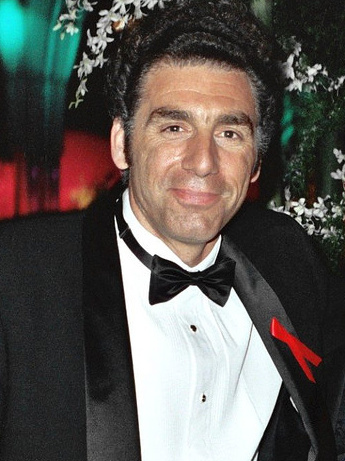
8. **Embrace Vulnerability for True Connection**”Comedians in Cars Getting Coffee” isn’t just about the laughs; it’s a masterclass in stripping away the performative layers and revealing the human behind the humor. A prime example is the powerful exchange between Jerry Seinfeld and Michael Richards in Season 1, Episode 10, “It’s Bubbly Time, Jerry.” This episode touched fans deeply, showing us that sometimes, the most poignant moments happen when you’re just driving around, reminiscing with a trusted friend.
Richards, famous for his role as Kramer on “Seinfeld,” shared a truly heartfelt moment, telling Seinfeld, “You gave me the role of my lifetime.” Seinfeld’s equally touching reply, “You gave me the experience of my lifetime,” was a poignant reminder of the incredible synergy that created television history. It’s these unscripted, genuine expressions of gratitude and shared history that make the show so much more than just a comedy series; it’s a testament to lasting professional and personal bonds.
This rule encourages us to create spaces, even within our cars, where true feelings can surface. When you’re sharing a journey, whether long or short, there’s an inherent intimacy that makes it easier to open up and connect on a deeper level. It’s about more than just conversation; it’s about allowing ourselves to be vulnerable with those we share our ride with, acknowledging their impact on our lives, and in turn, feeling the full weight of the connections we’ve built.
Read more about: Jennifer Aniston’s Brave Stand: Unpacking Decades of Scrutiny, Fertility Struggles, and Her Powerful Message to Women Everywhere
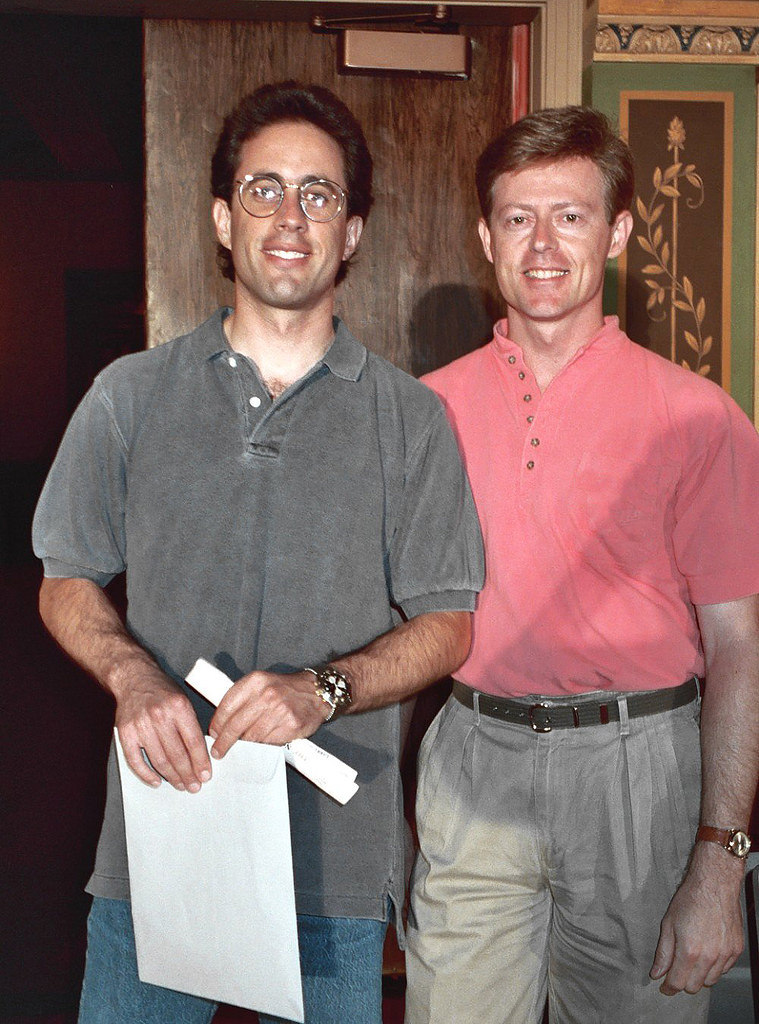
9. **Learn from Past Mistakes on the Road of Life**That same powerful episode with Michael Richards offered a rare glimpse into a comedian’s journey of reflection and growth. The conversation ventured into Richards’ infamous racial tirade at the Laugh Factory in 2006, a moment of profound public regret. It was in the relaxed, confidential setting of Seinfeld’s classic Volkswagen truck that Richards was able to candidly discuss his past actions and the lessons he learned.
Richards expressed regret about not having enjoyed his time filming “Seinfeld” more, and Seinfeld wisely reminded him, “Our job is not for us to enjoy. Our job is to make sure they enjoy it.” This wasn’t just a quip; it was a profound insight that led Richards to an epiphany. He admitted that he had always worked selfishly instead of selflessly, a realization he’d grappled with for years.
This car-side confession turned into a moment of true enlightenment, as Richards admitted, “That’s a lesson I learned seven years ago,” acknowledging that he “should’ve responded differently that night and not exploded the way he did.” The episode resonated with countless fans, proving that sometimes, the most significant lessons are learned on the road, where self-reflection can happen away from the noise, and a genuine conversation with a friend can pave the way for personal growth. It’s a reminder that our vehicles can be rolling confessionals, helping us navigate not just physical routes, but emotional landscapes too.
Car Model Information: 2022 Volkswagen Jetta 1.5T S
Name: Volkswagen Truck & Bus Indústria e Comércio de Veículos Ltda
FormerName: Volkswagen Caminhões e Ônibus,MAN Latin America,Volkswagen Caminhões
Logo: Logo da Volkswagen Caminhões e Ônibus.svg
Type: Subsidiary
Foundation: [object Object]
Location: Resende, Rio de Janeiro
AreaServed: Latin America, Africa and Middle East
KeyPeople: Roberto Cortes (president)
Industry: automotive industry
Products: Commercial vehicle
Parent: Traton
Homepage: [https://www.vwco.com.br/ vwco.com.br]
Categories: 1981 establishments in Brazil, All articles with dead external links, Articles with Portuguese-language sources (pt), Articles with Spanish-language sources (es), Articles with dead external links from November 2009
Summary: Volkswagen Truck & Bus Indústria e Comércio de Veículos Ltda., formerly known as Volkswagen Caminhões e Ônibus, is a Brazilian commercial vehicle manufacturing company based in Resende, Brazil and a subsidiary of Traton. It manufactures heavy trucks and buses under the Volkswagen marque.
Volkswagen Truck and Bus was originally a part of the Volkswagen Commercial Vehicles division of the Volkswagen Group. On 1 January 2009, it was sold to MAN SE, and formed its MAN Latin America division. In August 2021, MAN SE was merged with Traton SE, with the latter becoming the direct owner and parent of Volkswagen Truck and Bus.
Get more information about: Volkswagen Truck & Bus
Buying a high-performing used car >>>
Brand: Volkswagen Model: truck
Price: $14,995 Mileage: 26,293 mi.
Read more about: Avoid These 12 Critical Mistakes When Investing in Early-Stage Startups: An Insider’s Guide

10. **Value Unplugged Communication in Motion**Now, let’s travel back in time, three decades ago, to July 19, 1995, when MTV launched “Road Rules.” Imagine a world without constant notifications, endless scrolling, or GPS nagging at your every turn. This pioneering reality show put five strangers in a Winnebago, forcing them to navigate the country, and each other, without the digital crutches we rely on today.
As original cast member Mark Long vividly recalled, being on the first season in the mid-90s was “awesome” precisely because “there were no cell phones, there was no GPS, we actually had to use maps, and we actually had to communicate with each other, no social media at all.” This wasn’t just a quirky detail of the past; it was a fundamental aspect that shaped their experience, making true, unmediated interaction a necessity, not just an option.
This is a rule for the modern age: deliberately disconnect to truly connect. When you’re in your car, put the phone away. Grab a physical map if you dare! Engage fully with your passengers, or simply with your own thoughts, without the constant pull of the digital world. “Road Rules” teaches us that some of the most “influential parts” of our lives can happen when we’re forced to rely on each other, our wits, and good old-fashioned communication to get us where we need to go.
Read more about: Mastering Screen Time: 14 Practical Lifehacks for Raising Kids in a Digital World

11. **Seek Adventure and See the World, One Drive at a Time**For many, “Road Rules” wasn’t just a reality show; it was a passport to adventure and a chance to truly experience the world. Rachel Robinson, who joined during the Campus Crawl season, perfectly embodied this spirit. She saw the show as “an adventure and a chance to see the world,” recognizing it as a “perfect fit” for her desires. The lure of the open road, the promise of new sights, and the thrill of the unknown were irresistible.
In an era where “Road Rules” and “The Real World” were considered “defining generations” and “the biggest thing you could land” in terms of reality TV, the show offered an unparalleled opportunity for young people to broaden their horizons. Traveling across the country in an RV, completing daring missions, wasn’t just entertainment; it was a crash course in exploration and self-discovery, far from the familiar comforts of home.
This rule encourages us to view every car journey, big or small, as an opportunity for adventure. It’s about shifting our perspective from merely getting from point A to point B to actively seeking out new experiences, new places, and new perspectives along the way. Your car isn’t just a means of transport; it’s your personal vessel for discovery, whether you’re cruising down a scenic highway or just taking an unexpected detour in your hometown. Embrace that spirit of adventure, and let your vehicle be your guide to seeing more of the world around you.
Read more about: Truly Why Did They Disappear? 14 Iconic Fast Food Items That Left Our Menus Too Soon

12. **Adapt to Unscripted Journeys, Just Like Life**One of the most fascinating aspects of “Road Rules” was its unscripted nature, especially for original cast member Mark Long, who never even auditioned in the traditional sense. He was almost cast in “The Real World” before being approached for a mysterious “new spinoff show pilot.” As he shared, “I don’t even think they knew the show title at that point.” Talk about a leap of faith into the unknown!
Long ended up flying to Los Angeles, shooting the pilot on Catalina Island, and then was kept for season 1 with four other strangers. This entire experience—from not auditioning to an unnamed pilot to a groundbreaking series—epitomizes the ultimate unscripted journey. There were no detailed itineraries, no fixed plans, just the open road and the challenge of adapting to whatever came next, a lot like Robin Williams’ philosophy on cars!
This rule is a powerful reminder that life, much like a road trip in an RV, often throws us unexpected detours and invites us into journeys we never planned. Instead of resisting, learn to adapt, to embrace the spontaneity, and to find the “awesome” in the uncharted. Your car can be a symbol of this adaptability, a vehicle ready to pivot and explore new paths when life’s script changes without warning. Be ready to roll with it, and you might just discover your own “pretty awesome” story.
Read more about: Beyond the Script: 14 Amazing Actors Who Are Also Chart-Topping Singers and Master Musicians
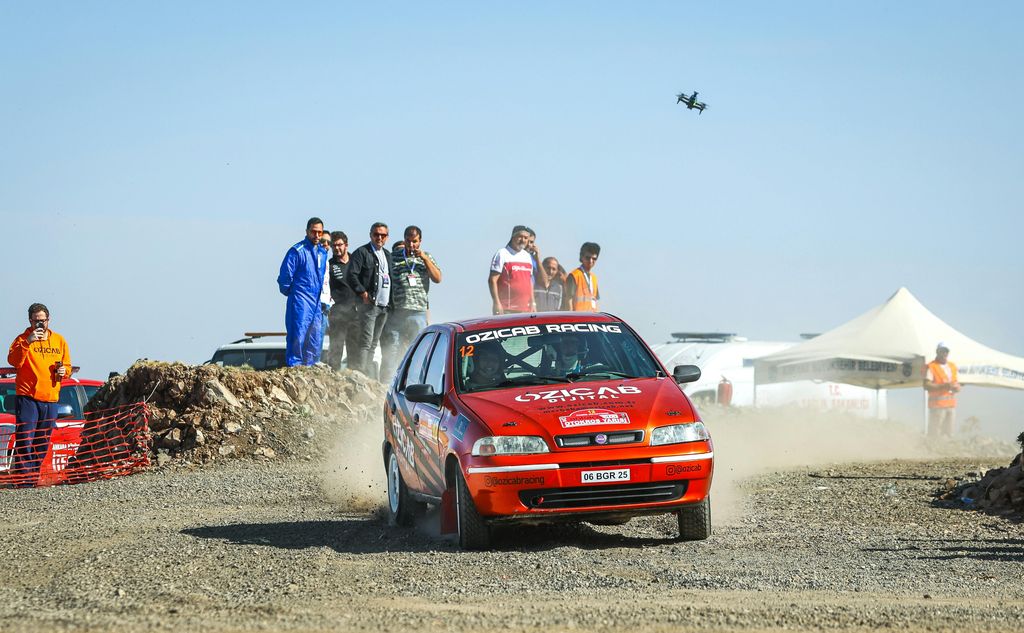
13. **Thrive Under Pressure with Your Crew**The core premise of “Road Rules” involved cast members traveling across the country, not just for sightseeing, but “while completing daring missions for a ‘handsome reward’ and bonding under pressure.” This combination of challenges and confined living created an intense environment, forcing individuals to rely on each other and truly learn about group dynamics. It’s one thing to travel together; it’s another to tackle high-stakes tasks when you’re literally living on wheels.
These “daring missions” weren’t just for TV; they were designed to test limits, foster teamwork, and reveal character. The shared experience of overcoming physical and mental adversity, all while crammed into an RV, created a unique crucible for personal growth and strengthened collective resolve. When the stakes were high, the crew had to pull together, demonstrating resilience and the invaluable lesson of collective effort.
So, the next time you’re facing a challenging drive, or even a stressful situation with your passengers, remember the “Road Rulers.” Use the car as a space to practice teamwork and mutual support. Whether it’s navigating tricky directions, dealing with unexpected delays, or simply keeping spirits high during a long trip, embracing challenges together can transform pressure into profound bonding experiences. Your vehicle can be the ultimate team-building arena!
Read more about: Unlocking Dealership Gold: 15 Proven Strategies Car Dealers Use to Maximize Profit on Every Sale and Secure Their Future

14. **Discover Self Through Shared Experiences**Perhaps the most enduring legacy of “Road Rules” isn’t just its influence on reality TV, or even the creation of “The Challenge,” but the profound impact it had on the lives of its participants and viewers alike. Mark Long summed it up perfectly, stating that the show “ended up being a huge influential part of my life” and that “people still come up to me today telling me how much it influenced them and how myself and the other castmates and the show became part of their lives.”
The shared experiences within the RV, the challenges overcome, the friendships forged, and the moments of personal growth, all contributed to a deep sense of self-discovery. Cast members, much like viewers, saw the show as a mirror, reflecting their own potential for adventure, resilience, and connection. It taught them, and us, that sometimes, you have to hit the road with a motley crew to truly find out who you are and what you’re capable of.
Read more about: Jennifer Aniston’s Brave Stand: Unpacking Decades of Scrutiny, Fertility Struggles, and Her Powerful Message to Women Everywhere
This final rule encourages us to view our car journeys, and the company we keep, as catalysts for self-discovery. Every mile traveled, every conversation had, every new place explored, adds a layer to our understanding of ourselves and the world. Let your car be a vessel for these transformative experiences. Whether you’re embarking on an epic cross-country trip or simply navigating your daily commute, remember that the journey itself is a rich opportunity for learning, growing, and becoming more fully you. So, buckle up, hit the road, and let your car-based adventures redefine your boundaries, one memorable moment at a time!

